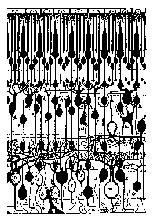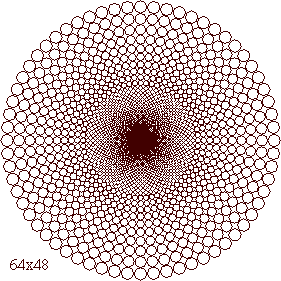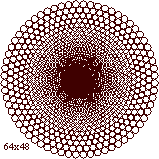Retina-like Sensors

Retina-like Sensors |
Retina-like sensors have a spatial distribution of sensing elements which vary with eccentricity (distance from the central point of the structure). Our research activity is focused on retina-like sensors of the kind shown in the pictures below which are characterized by a linear increase of sampling distance with eccentricity. This sampling strategy mimics the distribution of photoreceptors in the human retina. |  |
 |
The pictures show two examples
of distribution with square (left) and triangular tessellation. The size
of the smallest elements as well as the total number of elements is the same in both
images. These sensors produce a topological mapping of the images known as log-polar mapping. |
 |
TechnologyIn collaboration with IMEC in Belgium three versions of space variant chips were developed:
|
Layout of the central part of the color CMOS sensor. |
 |
Research Activities
|
Collaborations
|
Technology Transfer
|